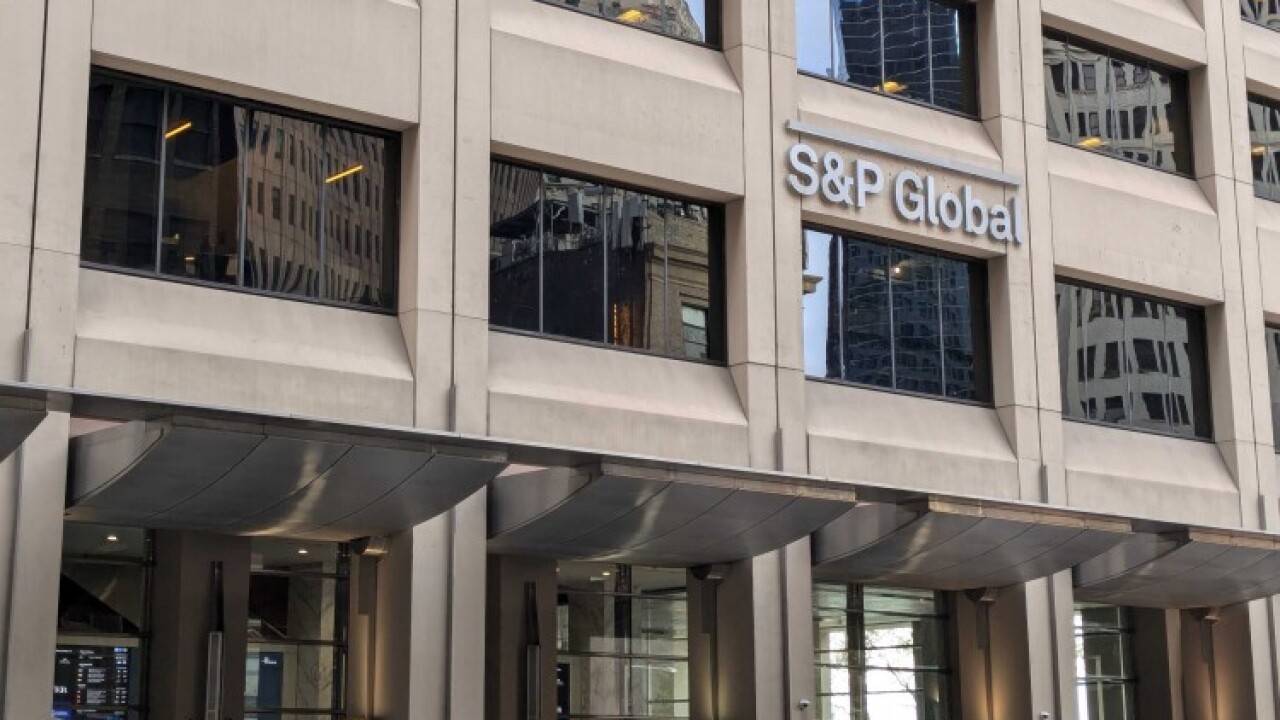Washington Treasurer Duane Davidson, calling it "one of the most highly leveraged states in the country," asked state lawmakers to dial back the use of debt in the annual
Davidson, a former Benton County treasurer, has made reducing debt issuance a priority since he was elected in 2017.

He's a Republican in a state government led by Democrats.
“Over the past twenty years, Washington’s outstanding general obligation debt has increased from $6.9 billion to $19.2 billion,” Davidson wrote in a letter attached to the report. “While these financings have funded a variety of important projects our heavy reliance on bonds has left the state with a high debt burden."
The report was released ahead of the state's $640.9 million competitive bond auction Tuesday.
Barclays Capital won the $468.7 million of Series 2019C various purpose GOs with a true interest cost of 3.5%. Bank of America Merrill Lynch won the $172.23 million of Series 2019D motor vehicle fuel tax GOs with a TIC of 3.6%.
Proceeds of the bonds will be used to reimburse spending on various state capital projects and fund transportation projects. The financial advisors are Montague DeRose & Associates and Piper Jaffray. The bond counsel is Foster Pepper.
Moody’s Investors Service and S&P Global Ratings both rank the state in the top 10 nationally based on debt per capita. It is ranked seventh highest by Moody’s and sixth highest by S&P.
The state holds Moody's Aa1 rating and AA-plus ratings from both S&P and Fitch Ratings. All give stable outlooks.
The state’s total debt obligations at year-end fiscal 2018 equaled $21.2 billion.
In the report, Davidson outlined a set of recommended policy changes with the stated goal of protecting the state’s strong credit ratings, better positioning the state for the next recession and in the hope of moving the state closer to an upgrade.
Saying that a significant economic downturn could inhibit the state’s use of financing at a time when it may be most needed, Davidson urged lawmakers to increase the use of pay-go project financing.
He recommended Washington reduce the ratio of various purpose GO debt service to general fund revenues to 5% or less. The ratio is projected to be 5.3% in fiscal year 2019 down from a high of nearly 7% following the 2008 recession, according to the report.
He wants the state to set the rainy day fund target at 10% of revenues arguing that a Moody’s stress test of 50 states showed that in a downturn Washington could deplete 9% of its reserves.
At the end of fiscal 2018, the state’s budget stabilization account as a percent of revenues reached 6.3%, just above the national median of 5.8%. On a combined basis, the state’s general fund and stabilization account balances have increased significantly since 2010, reaching approximately 15% of revenues by the end of fiscal year 2018.
Though Washington ranks well against other states when it comes to its unfunded pension liability at 89.5% compared to a national median of 69.5%, Davidson said the state can do better. Even with a high funded ratio, that still means the state has $12.6 billion in unfunded liability. He would like policymakers to use one-time funds to fully fund the state’s annual pension contributions.





